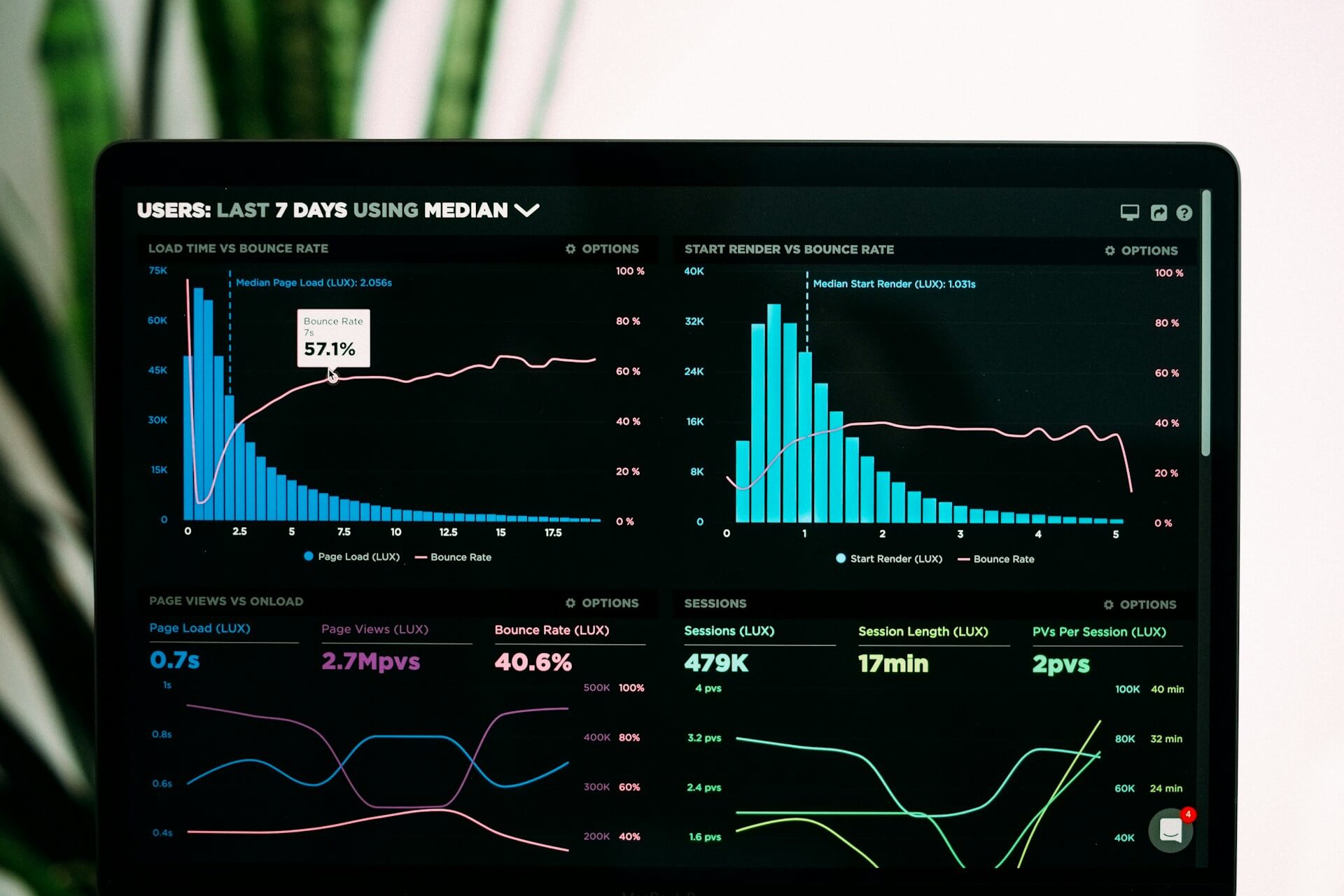The energy sector is witnessing unprecedented changes, with geopolitical factors, macroeconomic variables, evolving policies and regulations, and rapid advancements in technology reshaping the landscape of oil and gas marketing. As global oil demand is anticipated to grow by 2.3 million barrels per day (mbpd) in 2023, surpassing the 100 mbpd threshold for the first time, the need for an effective oil and gas marketing strategy has never been more critical. Furthermore, the surge in Electric Vehicle (EV) sales, which grew by over 35% in 2023 with one in seven cars sold being an EV, signifies shifting consumer preferences and underscores the importance of integrating oil and gas digital marketing into traditional marketing frameworks.
Moreover, the ongoing Russia-Ukraine conflict has disrupted traditional trade flows, leading to the emergence of new energy trade patterns and price differentials. This dynamic environment presents both challenges and opportunities for oil and gas companies to revamp their marketing approaches. By leveraging oil and gas digital marketing and refining their oil and gas marketing strategy, businesses can navigate these turbulent times. The article ahead will delve into how digital marketing, AI, and Big Data are revolutionizing oil and gas marketing, enabling companies to reach new heights in an ever-evolving market.
Understanding the Oil and Gas Market Landscape
The oil and gas (O&G) industry is navigating through a transformative era, marked by significant financial projections and strategic shifts towards sustainability. In 2024, the global upstream industry is expected to sustain its investment level at approximately US$580 billion while generating over US$800 billion in free cash flows. However, the commitment to low-carbon fuels and technologies remains modest, with direct spending accounting for only 4% of upstream capital expenditure (capex).
- Investment and Cash Flow Projections:
- 2023 Hydrocarbon Investment: ~US$580 billion
- 2024 Expected Free Cash Flows: >US$800 billion
- Low-Carbon Technologies Capex: 4%
Executives within the sector are increasingly focusing on clean energy, with nearly 80% considering securing rights for clean energy manufacturing and critical minerals. This pivot is underscored by a collective optimism for 2024, despite a slowdown in capital expenditure growth, with a notable inclination towards renewables, carbon capture technologies, and other environmental initiatives.
- Executive Focus Areas:
- Clean Energy Manufacturing Rights: 80% of executives
- Renewables and Environmental Initiatives: >75% of executives
- Anticipated Structural Underinvestment in O&G due to Decarbonization Pressures
The landscape is further shaped by geopolitical factors, evolving policies, and technological advancements, with OPEC+’s output cuts and surging global demand for oil, alongside a notable increase in electric vehicle (EV) sales, marking significant trends. The oil and gas market is projected to grow, fueled by these dynamics and the strategic realignment towards sustainability and operational efficiency.
- Market Dynamics and Growth:
- OPEC+ Output Cuts: 2.5 million barrels per day
- 2023 Global Oil Demand Growth: 2.3 mbpd
- EV Sales Growth in 2023: >35%
Digital Marketing Strategies for Oil and Gas
In the rapidly evolving landscape of oil and gas marketing, digital strategies have become indispensable. The industry has witnessed over $6 billion in client revenue through digital efforts, highlighting the critical role of:
- Search Engine Optimization (SEO) and Pay-Per-Click (PPC) Advertising: Enhancing online visibility to attract more organic transactions.
- Email Marketing and Geo-fencing: Personalized outreach for targeted engagement.
- Content Marketing: Utilizing diverse content forms, including video and podcasts, tailored to the target market’s preferences.
The need for a digital overhaul is underscored by a 35% increase in customer engagement levels, achieved through focused investments in content marketing and online advertising. However, with the oil and gas sector scoring only 1.3 on Deloitte’s Digital Maturity Index, there’s a pressing need for companies to embrace digital transformation more comprehensively. Strategies like mobile marketing, social media engagement, and leveraging CTV and OTT networks are pivotal in staying competitive. These approaches not only foster brand awareness and growth but also align with the industry’s shift towards a customer-centric model, ensuring companies remain relevant in a fast-paced business environment.
The Role of AI and Big Data in Shaping Marketing Trends
The integration of Artificial Intelligence (AI) and Big Data in oil and gas marketing strategies is revolutionizing the industry, leading to significant operational efficiencies and cost savings. For instance:
- Operational Efficiency and Cost Savings:
- Generative AI is pivotal in reducing operational costs by enhancing process efficiency, which expands revenue and accelerates innovation.
- McKinsey’s research shows potential operational cost savings of 20 to 25% per barrel through the application of data analytics and deep-water connectivity technology.
- Market Growth and Innovation:
- The AI market in oil and gas is projected to grow from USD 3.5 billion in 2024 to USD 13 billion by 2034, indicating a surge in AI-driven operational and marketing innovations.
- The global IoT market in the sector is also expected to reach USD 43 billion by 2024, growing at a CAGR of about 22% from 2019 to 2024, showcasing the increasing reliance on digital connectivity.
- Enhanced Decision Making and Safety:
- Salesforce and custom oil and gas apps leverage AI and IoT to enhance engagement with stakeholders and streamline operations, significantly boosting worker safety and productivity.
- AI applications in the industry span across various functions including procurement, inventory management, operational decision-making, and enhancing cybersecurity measures.
These advancements underscore the transformative impact of AI and Big Data on the oil and gas industry, optimizing operations, and setting new benchmarks for efficiency and safety.
The Significance of Mobile-Friendly Marketing
In the oil and gas sector, the adoption of mobile technology is not just a trend but a strategic investment to enhance operational efficiency and safety. With spending on mobile technologies projected to reach nearly $18.7 billion by 2020, it’s clear that the industry recognizes the value of mobile solutions. These investments are driven by the need for:
- Quick and Accurate Data Capture: Mobile devices streamline data collection in the field, minimizing downtime and organizing information efficiently. This capability is crucial for maintaining the high safety and efficiency standards in the oil and gas industry.
- Streamlined Operations and Safety Management: Mobile applications are increasingly used to manage operations and safety procedures. Professionals leverage these apps on-site to stay informed about their tasks, enhancing productivity and safety.
- Enhanced Connectivity and Compliance: Initially slow to adopt smartphones due to safety, cybersecurity, and compliance concerns, the industry is now embracing intrinsically safe devices. The advent of 5G and LEO networks further boosts this trend, offering enhanced connectivity options.
Moreover, real-time data capture with mobile devices leads to more accurate information, which is essential for operational efficiency. By the end of 2018, the sector’s investment in mobile apps was projected to hit approximately $16 billion, underscoring the prioritization of mobile technology. These apps not only facilitate real-time data capture and monitoring but also improve decision-making and leverage IoT applications, leading to a higher return on investment (ROI). This strategic focus on mobile-friendly marketing is reshaping oil and gas operations, making them safer, more efficient, and more responsive to the fast-paced technological advancements.
Strengthening Customer Relationships through CRM Systems
In the dynamic world of oil and gas marketing, CRM systems play a pivotal role in streamlining operations and enhancing customer relationships. These systems provide a wealth of benefits, including:
- Optimization of Operations: By automating tasks and managing customer interactions, CRM systems like Salesforce and Microsoft Dynamics 365 enhance productivity and operational efficiency. This automation leads to improved customer service and satisfaction, driving growth in the sector.
- Valuable Insights into Processes: CRM platforms offer advanced reporting and analytics, enabling companies to make data-driven decisions. For instance, Fuel CRM provides a user-friendly platform with features tailored for the oil and gas industry, including industry-specific pipeline reports and charts. This level of insight allows for the effective tracking of opportunities and performance, facilitating strategic planning and execution.
- Adaptability and Customization: CRM systems are designed to cater to the varying needs of businesses. Salesforce is renowned for its adaptability, offering a range of sales, marketing, and collaboration tools that can be customized to fit the size and requirements of any company. Similarly, Dynamics 365 CRM combines CRM and ERP functionalities in a modular design, addressing client management challenges specific to the oil and gas industry.
These tools not only streamline sales, marketing, and customer service processes but also enable companies to track progress, drive new business, and gain efficiency, ultimately fostering stronger customer relationships.
Conclusion
The exploration of the evolving landscape in oil and gas marketing highlights the critical need for adaptation and innovation in response to changing consumer preferences, technological advancements, and the pressing demand for sustainability. With digital marketing strategies, the integration of artificial intelligence and Big Data, alongside investments in mobile-friendliness and CRM systems, energy companies are poised to navigate these shifts effectively. These developments not only underscore the importance of embracing digital transformation and customer-centric approaches but also signal the significant potential for operational efficiencies, cost savings, and enhanced safety measures within the industry.
As this sector continues to confront the challenges and opportunities presented by a rapidly changing global market, the emphasis on sustainability, efficiency, and customer engagement will remain paramount. The significance of digital marketing, AI, and Big Data in shaping future marketing trends cannot be overstated, driving innovations that promise to reshape the oil and gas industry profoundly. Therefore, the journey towards embracing these changes, while maintaining a focus on environmental responsibility and operational excellence, will be crucial for businesses seeking to thrive in the energy sector’s dynamic landscape.
FAQs
What does the future hold for the oil and gas energy sector? The global demand for oil is expected to slow its growth significantly, with an annual increase of just 0.4 million barrels per day (mbpd) until 2027, a stark contrast to the 1.6 mbpd increase leading up to 2023. Conversely, the demand for global biofuels is anticipated to surge by 44% from 2022 to 2027, as they become more prevalent as replacements for petroleum-based products.
What are the emerging technologies in the oil and gas industry? The oil and gas industry is poised for transformation through the adoption of groundbreaking technologies. Innovations such as Artificial Intelligence (AI), the Internet of Things (IoT), Big Data Analytics, Robotics, and 3D Printing are set to redefine the operational and strategic facets of the sector.
What trends can we expect in the oil and gas industry by 2024? By the year 2024, the oil and gas industry is expected to focus more on reducing emissions and enhancing Environmental, Social, and Governance (ESG) practices. This will be achieved through the use of advanced technologies like drones, sensors, data analytics, automation, virtual reality, and robotics. The industry will also emphasize community engagement and strive to attract investors by demonstrating their commitment to these areas.
Will oil companies play a part in the renewable energy landscape? Yes, oil and gas companies are well-positioned to leverage their expertise in managing large-scale projects to venture into the renewable energy domain. They have the capabilities to develop and construct integrated projects that not only generate renewable energy but also produce hydrogen and heat. Some companies are already making project bids that include investments in heat and hydrogen production, indicating their role in the renewable energy future.
Click HERE to book a consult today!









